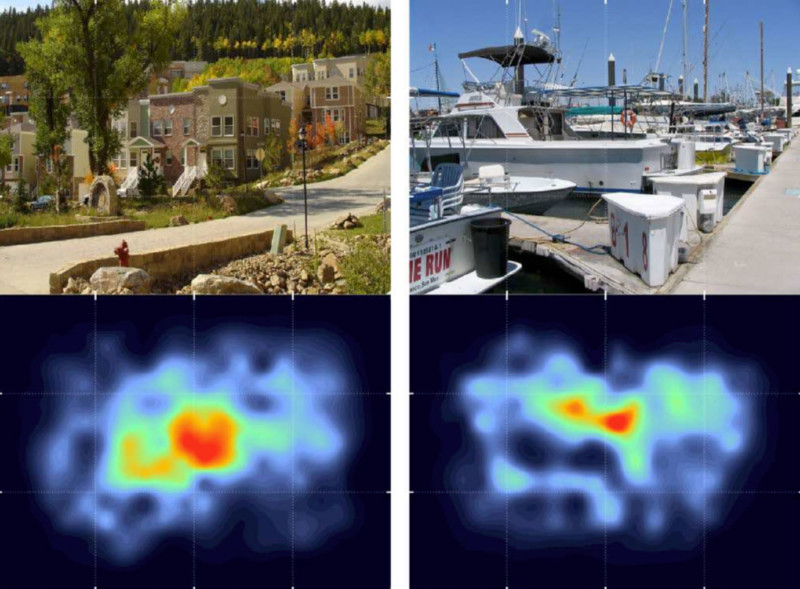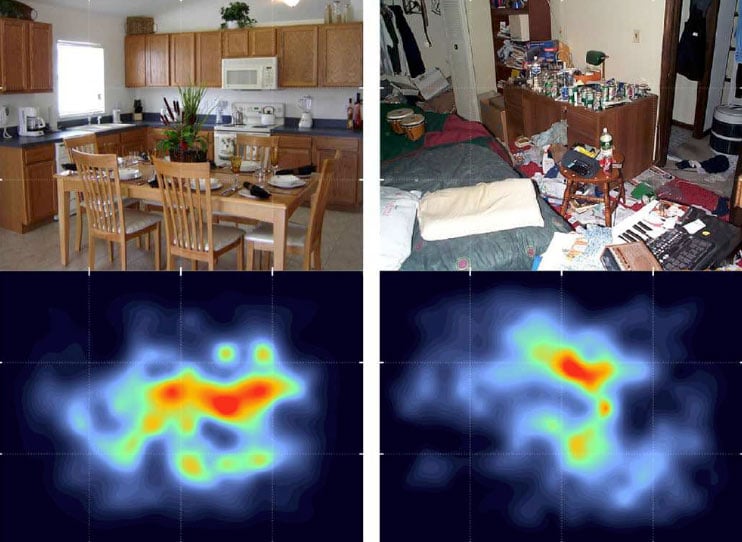People Are More Drawn to Meaning in Photos Than Parts That Pop Out: Study
![]()
People’s eyes are more attracted to areas of photos that have more “meaning” than areas that “stick out.” That’s according to a newly published study by a team of researchers at UC Davis’ Center for Mind and Brain.
But a new study, published in Nature: Human Behaviour, has found that viewers are more likely to look first at areas of “meaning,” despite the presence of distracting bright spots and other more prominent parts of a scene.
The study showed participants a number of scenes, each of which they created 2 heat maps for. One map showed the areas of particular prominence (or saliency), and another showed areas with more “meaning.”

These “meaning” maps were created by having a number of people (not the study participants) vote on areas of each scene that had more meaning to them.

The researchers then showed the images to the participants and created a heat map of where they were looking in the photo. These heat maps matched more closely with the “meaning” maps than the saliency maps.
![]()
![]()
“A lot of people will have to rethink things,” said the lead author, Professor John Henderson. “The saliency hypothesis really is the dominant view.”
The salience hypothesis suggests that people immediately look to areas of contrast or color that stand out from the background, but the study looks to shake up the understanding of human attention of a scene.
So next time you’re composing your photo, perhaps think more about the areas of “meaning,” rather than worrying too much about things that seem to “pop out” at you.
(via Nature via Medical Xpress)